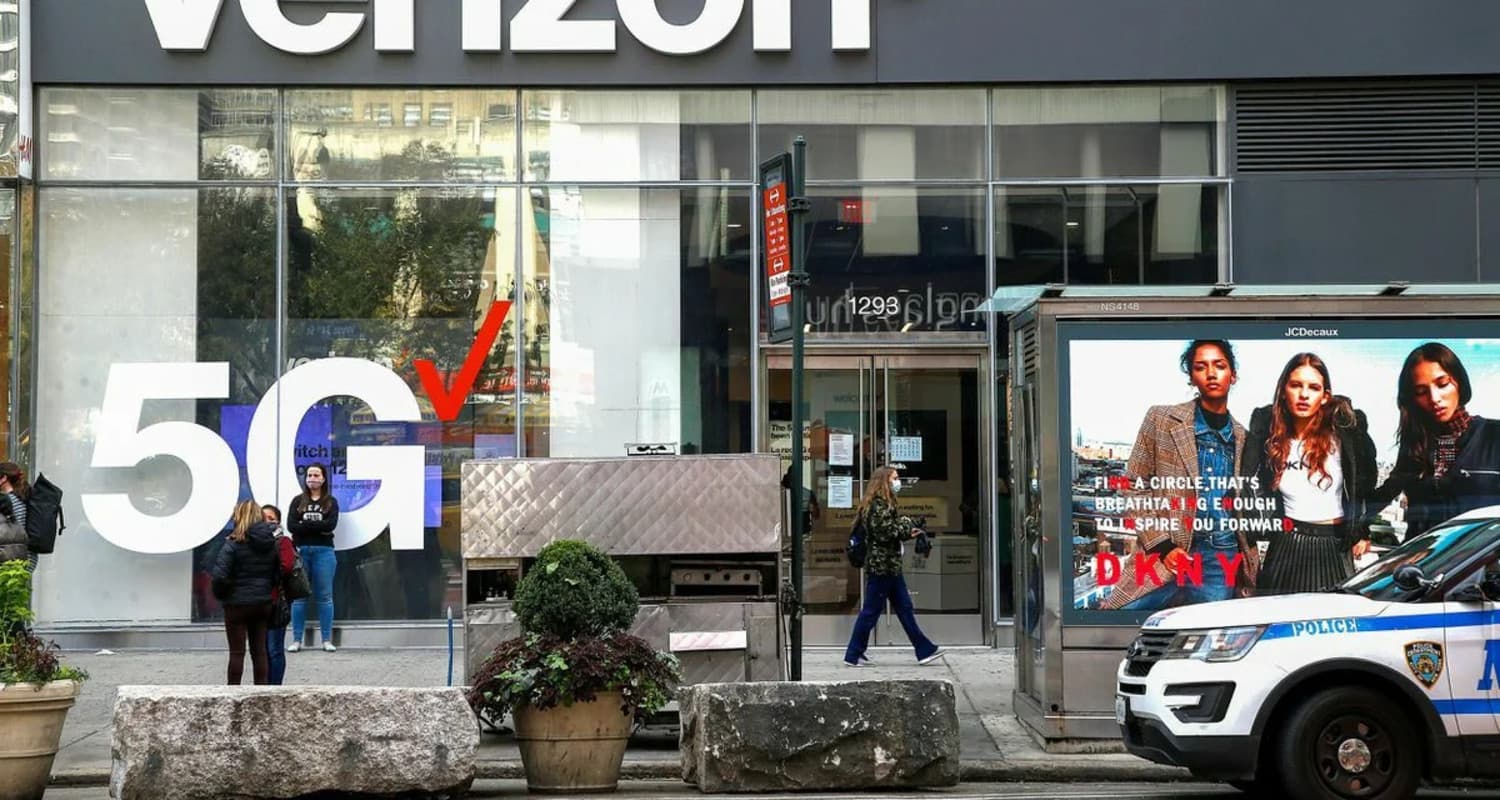Case StudyProduct Team: Gathering Performance Insights - Structuring Teams and Portfolios for Success Through Performance Feedback
Verizon, a major player in the technology and telecommunications sector, faced challenges in maintaining effective team performance and aligning individual efforts with broader organizational goals. The company recognized that traditional methods of team management were insufficient for addressing the complexities of a large, dynamic organization. The primary issue was the lack of structured feedback mechanisms, which led to unclear expectations and inconsistent team outputs. To overcome these challenges, Verizon sought to develop a robust feedback system that would support continuous improvement and successful team structuring.

The Solution
Verizon's initiative to enhance team performance through structured feedback involved several key strategies, as discussed in the talk by Richard Dalton, Head of Design at Verizon:
- Assessment of Current Challenges:
- Richard highlighted the importance of understanding the existing team structures and identifying patterns from past experiences in large organizations.
- He emphasized the need to recognize the limitations of unstructured feedback in scaling complex ecosystems.
- Development of Frameworks:
- Implemented a framework to transition from basic design requests to comprehensive experience creation, addressing both small and large-scale organizational needs.
- This framework was built on Richard’s extensive experience in leading design teams and aimed to provide a more organized approach to feedback and team performance.
- Integration of Feedback into Team Structures:
- Emphasized the importance of integrating regular and structured feedback into the team’s workflow to ensure continuous improvement and alignment with organizational goals.
- "Feedback is a gift"
- Developed methods to capture and analyze feedback effectively, ensuring it was actionable and directly tied to team performance.
- Training and Communication:
- Conducted training sessions for team leads and managers to deliver constructive and effective feedback.
- Promoted open communication channels within teams to facilitate regular feedback exchanges and foster a culture of continuous improvement.
- Utilizing Patterns and Best Practices:
- Richard shared patterns and best practices from his extensive career, applying them to the unique context of Verizon.
- Leveraged these insights to create standardized processes for feedback and team performance evaluation.
Outcomes achieved
The implementation of a structured feedback system at Verizon led to several positive outcomes:
- Enhanced Team Structure:
- The integration of feedback into team workflows provided a clear structure and direction, improving overall team performance.
- Teams became more aligned with organizational goals, resulting in more cohesive and effective project execution.
- Improved Employee Engagement:
- Regular, constructive feedback helped employees understand their roles better and feel more connected to their work.
- This led to increased motivation and job satisfaction, reducing turnover rates.
- Continuous Improvement:
- The emphasis on actionable feedback fostered a culture of continuous improvement within the organization.
- Teams were able to quickly identify and address issues, leading to more agile and responsive workflows.
- Better Decision-Making:
- The structured feedback system provided valuable insights into team performance, aiding in better decision-making at both the team and organizational levels.
- Managers could make informed adjustments to team structures and processes, enhancing overall productivity.
